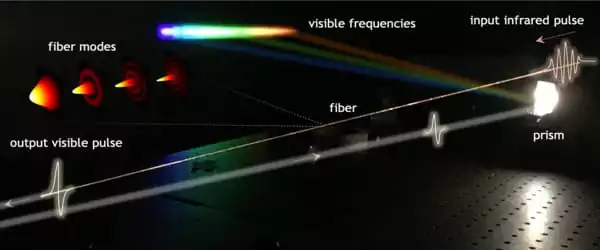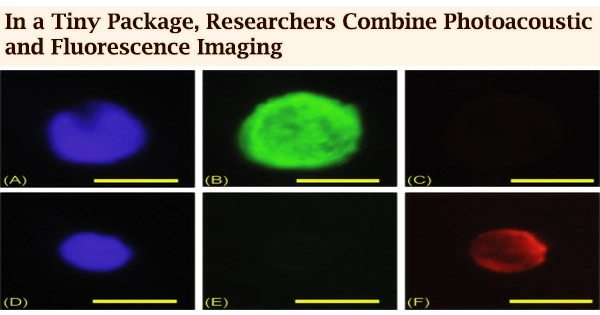Visible light constitutes only a small portion of the entire electromagnetic radiation spectrum, but it contains the only frequency range to which the human eye’s rods and cones will respond. The wavelengths that humans are typically able to see are in a very narrow range between 400 and 700 nanometers. Because the eyes contain specialized nerve endings that are sensitive to this range of frequencies, humans can observe and respond to stimuli created by visible light. The rest of the electromagnetic spectrum, however, is invisible.
All wavelengths of light that the human eye can detect are considered visible light. It enables us to see objects in our surroundings. We would only be able to sense most objects by sound, touch, or smell if there was no visible light. Most other organisms, like humans, rely on visible light, either directly or indirectly. Using an industrial-grade laser system, an international research team demonstrates how to generate extremely short pulses of visible light.
In nature, visible light is extremely important. It is the most intense light emitted by the sun that can be seen by the human eye and is an essential component of fundamental biological processes that underpin life. However, it is difficult to produce coherent visible light, such as laser light, that is intense for a short period of time, on the order of the femtosecond (one-millionth of one billionth of a second).
Emission of electromagnetic radiation is caused by a wide range of sources, which are generally classified based on the specific spectrum of wavelengths produced by the source. We observe a mixing of the different modes,’ i.e., the spatial shapes the light beam takes as it propagates through the fiber, that creates this effect, and it only occurs with intense light.
Professor Luca Razzari
This goal was achieved without the use of a complicated system by a research team led by Professor Luca Razzari of the Institut national de la recherche Scientifique (INRS). Their findings were published in the journal Nature Photonics.
The emission of electromagnetic radiation is caused by a wide range of sources, which are generally classified based on the specific spectrum of wavelengths produced by the source. Electrical current flowing through massive broadcast antennas generates relatively long radio waves, whereas the energy state fluctuations of negatively charged electrons within atoms generate much shorter visible light waves. Gamma waves, the shortest form of electromagnetic radiation, are produced by the decay of nuclear components at the center of the atom. The visible light that humans can see is typically a mixture of wavelengths, the composition of which varies depending on the light source.

An Accessible Setup
The sun is responsible for the majority of visible light on Earth. Because the sun and other stars are so hot, they produce light. Because of their extremely high temperatures, they glow with light. This method of producing light is known as incandescence. Incandescent light bulbs also emit light in this manner. When an electric current flows through a wire filament inside an incandescent bulb, the wire heats up and glows.
The team used an industrial-grade laser system, which is common in most laboratories, to generate visible light on that timescale. They discovered that by propagating an infrared laser pulse through a hollow-core fiber filled with argon gas, a nonlinear effect produced short, high-intensity pulses of visible light.
“We observe a mixing of the different modes,’ i.e., the spatial shapes the light beam takes as it propagates through the fiber, that creates this effect, and it only occurs with intense light,” Professor Razzari explains. He worked on the experimental part of the project with Professors Roberto Morandotti and François Légaré at INRS, as well as with a team of international researchers from the French National Centre for Scientific Research (CNRS) (France), Louisiana State University (United States), and Heriot-Watt University (United Kingdom) on the theoretical modeling of the observed phenomenon.
For the first time, this innovative approach does not rely on complex and expensive optical architectures to generate such ultrashort visible light pulses. As a result, it could be widely available to investigate a wide range of phenomena in physics, chemistry, and biologies, such as photosynthesis and even human vision. “With our pulses, we can study the dynamics of such processes and how they evolve on extremely short timescales,” says first author and postdoctoral researcher Riccardo Piccoli.
This collaborative research project benefited greatly from the expertise of the INRS startup few-cycle, which markets a special system for stretching and holding hollow-core fibers. Members of lightsources.org are accelerators that produce extremely intense beams of X-rays, ultraviolet, and infrared light, enabling basic and applied research in fields ranging from physics to biology and technology that would not be possible with more conventional equipment.
















